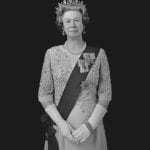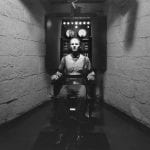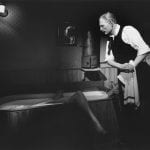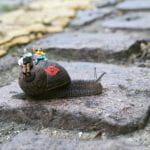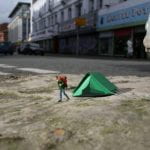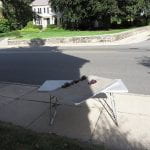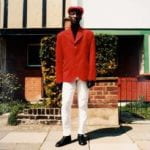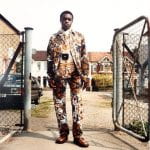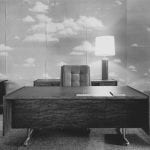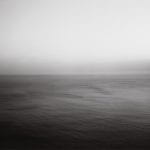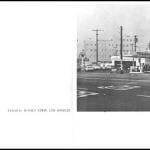Seeing the Miniature (Or is it?)
‘What is true of photographs is true of the world seen photographically’ (Sontag, 1977, p.79)

This session aims to introduce participants to the idea of the photograph as a constructed world of the real. Using miniature models, participants will explore the veracity of the photograph (or not), as well as specifically practicing thier technical skills in construction, story-telling, lighting and depth of field.
‘Photography can lie as to the meaning of a thing but never to its existence’ (Barthes, 1980, p.89)
This Session could be run in conjunction with:
Aims & Outcomes:
- For participants to explore the construction of scenes using miniature models and backdrops.
- For participants to consider the reality of the photograph (or not) and practice lighting, and depth of field.
- For participants to conduct in depth research on the work of Hiroshi Sugimoto and apply these ideas to thier practice.
- Participant Outcome: 3 (edited) final 6×4 digital prints
Research: the work of hiroshi sugimoto:
When I first arrived in New York in 1974, I visited many of the city’s tourist sites, one of which was the the American Museum of Natural History. I made a curious discovery while looking at the exhibition of animal dioramas: the stuffed animals positioned before painted backdrops looked utterly fake, yet by taking a quick peek with one eye closed, all perspective vanished,and suddenly they looked very real. I had found a way to see the world as a camera does. However fake the subject, once photographed, it’s as good as real. (Sugimoto, 2019)
You Will Need:
- Digital cameras for all participants (and appropriate memory cards) *This session can also be run using Camera phones or Lumix cameras
- Card readers
- Access to computers (or laptops)
- A selection of miniature models and material to make backdrops / dioramas
- Consider also environmental scenes you could use: puddles / grass / stones / concrete / sand as well as buildings / landscapes / road scenes / bus stops etc to explore depth of field.
- Flash-guns, lamps (or tin foil) to demonstrate lighting ideas
- An introductory brief & Presentation (below) for participants to outline the ideas and provide examples
- Prepared demonstrations on using apertures to effect the depth of field and using flash / reflected light
- A booked room to critique participants work (either via a projector or via print)
- Blue tack to pin the work
- Costings and Risk Assessments
Presentation ideas: A (small) model world
Preparation Work:
- Ask participants to read Karol Sienkiewicz (2010) ‘Lego Concentration Camp / Lego. Obóz koncentracyjny’ in Culture.Pl (March 2015) available here
- Ask participants to watch Thomas Demand (2008) ‘Presidency’ from TateShots available here
- Ask participants to independently research the work of Hiroshi Sugimoto
- Ask participants if they have thier own digital cameras and cards
- Make sure you have access to computers
- Make sure there are enough team members to support participants (never assume thier prior knowledge)
- Decide whether you will project the work or print it.
- If you are printing it (6×4) make sure the Photo Lab are aware and be aware of timekeeping so they have space to print the work.
- *If you are running this session off campus, make sure there is access to printers or projectors

Suggested Session Outline:





